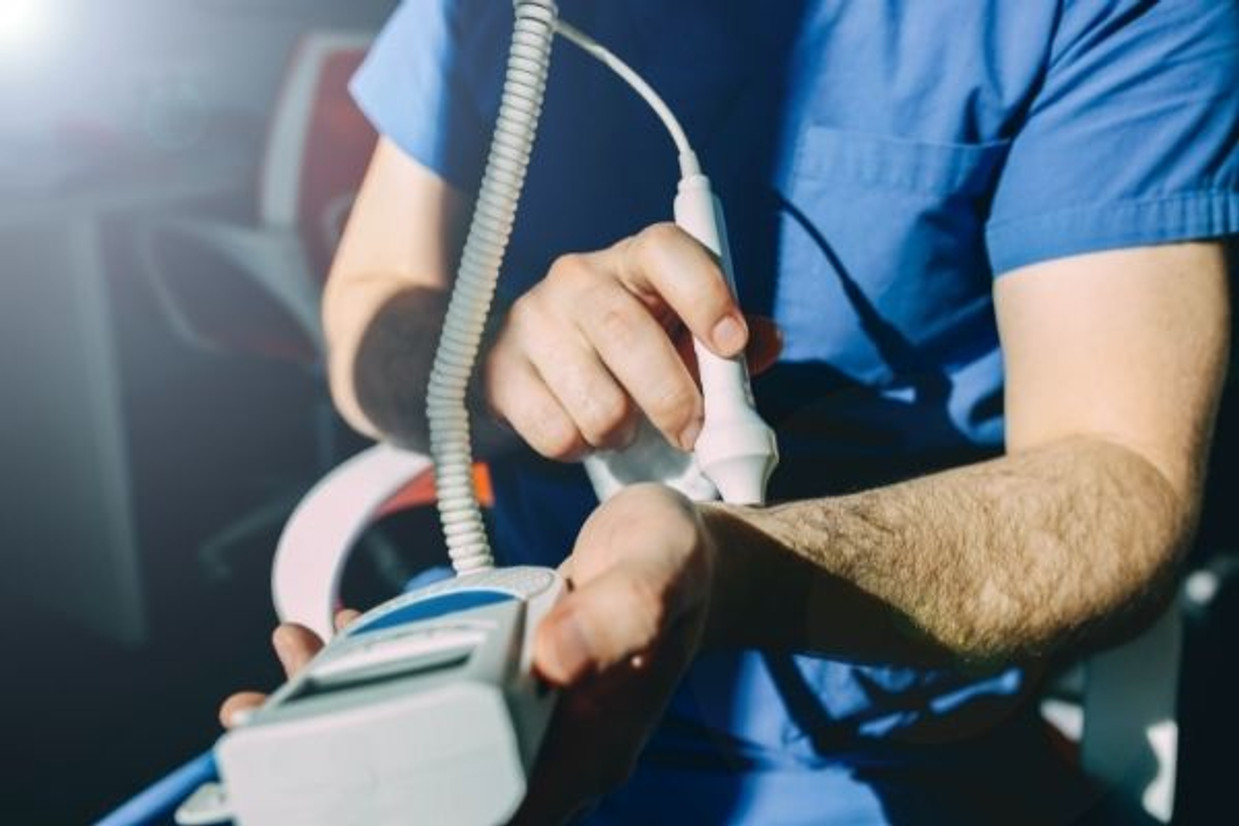How Does a Vascular Doppler Differ From Other Dopplers?
A Doppler is an innovatively designed device that healthcare professionals use to generate ultrasound waves. These sound waves help observe and diagnose various conditions by measuring blood flow speed and direction. Vascular ultrasound is a noninvasive imaging test that examines movement through blood vessels.
How does a vascular Doppler differ from other Dopplers on the medical device market? Let’s examine the difference between obstetric and vascular applications of Doppler units.
How Does Doppler Ultrasound Work?
Present-day Doppler technology relies on a critical principle first uncovered in 1842 by an Austrian physicist. Essentially, Dopplers work on a shift principle through the listening of high-frequency reflections. These high-frequency sound waves are the ultrasound.
Vibrations generate ultrasound waves and send them into the human body. These waves notice moving objects, such as fetal heartbeats or blood vessel flow. Dopplers pick up these key signals, making them audible and amplified for assessment.
Vascular Dopplers Versus Fetal Dopplers
How does a vascular Doppler differ from other Dopplers? A Doppler ultrasound is generally a noninvasive, painless way to audibly monitor the internal aspects of the human body. However, the main purpose of a Doppler unit differs due to function and design. The core objective of a fetal Doppler is to listen to fetal heart tones for the health and safety of the mother and baby.
Alternatively, a vascular Doppler ultrasound dives deeper, allowing a doctor to evaluate how blood moves through vessels, arteries, and veins in the abdomen, arms, legs, or neck. This device is essential for properly evaluating and diagnosing various vascular problems or abnormalities. A vascular study via a Doppler helps healthcare professionals make the most appropriate treatment recommendations.
Types of Doppler Probes: Frequency Levels
Doppler units use different probes for transmitting ultrasound waves into the body. The frequency of these probes also varies based on the Doppler’s designated applications. Probes with less than 3MHz are typical for obstetrical applications, while those higher than 4MHz are suitable for vascular applications. Basically, the higher the frequency, the greater the peripheral detection for modern healthcare applications.
Technological advancement and innovation—by top industry manufacturers—have made professional vascular Dopplers more powerful, sensitive, and reliable than ever before. For this reason, medical professionals can purchase and use these specialized monitoring devices to better improve patient care and outcomes in their facilities.
Recent Posts
-
Exploring Recent Innovations in Doppler Signal Processing
Doppler technology has become an essential diagnostic tool in modern medicine, enabling healthcare p
-
Exploring Recent Innovations in Doppler Signal Processing
Doppler technology has become an essential diagnostic tool in modern medicine, enabling healthcare p


